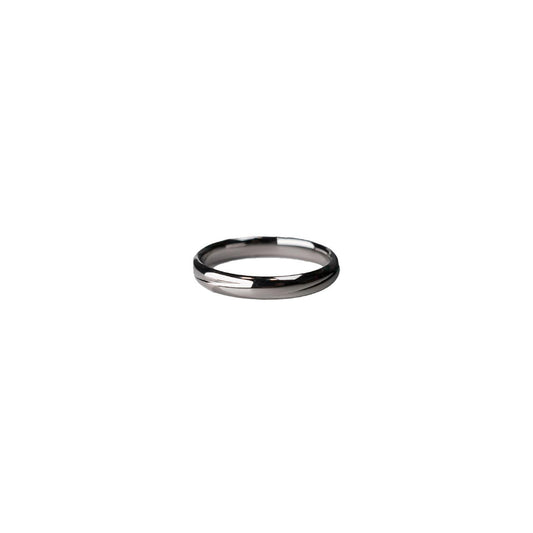Cultured Diamonds Unveiling the Price Sparkle
Cultured Diamonds Unveiling the Price Sparkle
A few months ago, I found myself wandering through the aisles of a local jewelry exhibition, mesmerized by the array of shimmering stones laid out like stars on velvet skies. While browsing, I overheard a conversation that piqued my interest. A young couple was debating the merits of cultured diamonds over their mined counterparts, with price being a significant part of the discussion. This interaction stayed with me as I realized that, while many people have embraced cultured diamonds for their ethical and environmental benefits, the question of price remains a lingering consideration.
Having spent years covering lifestyle trends, I've noticed that cultured diamonds—also known as lab-grown diamonds—have carved out an undeniable place in the market. But why is there such a difference in pricing compared to traditional diamonds? It largely boils down to production methods. Cultured diamonds are created using advanced technological methods such as Chemical Vapor Deposition (CVD) or High Pressure High Temperature (HPHT). These processes replicate the natural conditions under which diamonds form beneath the Earth's surface, but in a fraction of the time. As a result, the cost of creating a cultured diamond is significantly lower than that of extracting one from deep within the earth.
The price advantage of cultured diamonds doesn't just come from production efficiencies. It’s also tied to the lack of a need for extensive mining operations, which are resource-intensive, environmentally damaging, and often associated with unethical labor practices. By sidestepping these issues, producers can offer cultured diamonds at a more approachable price point, making luxury a little more accessible without compromising on the sparkle.
Some skeptics argue that the allure of a diamond lies in its rarity and the romantic notion of a gemstone formed over billions of years. While cultured diamonds challenge this narrative, they also invite us to rethink value in modern terms. I recall my cousin, an ardent environmentalist, choosing a cultured diamond engagement ring. Her decision sparked a lively family debate during a holiday dinner. Her argument was simple yet compelling: "Why should elegance come with a hefty price on the planet?" This sentiment adds another layer to the pricing conversation, highlighting how the cost is not just about dollars and cents but also about aligning personal values with purchasing decisions.
While it's true that cultured diamonds generally cost 20-40% less than mined diamonds, the gap is narrowing as more consumers recognize their benefits. The market is responding with innovative designs and bespoke options, ensuring that cultured diamonds are not only a financially savvy choice but also one that can be tailored to personal tastes.
So, when you find yourself considering a diamond purchase, whether for an engagement, anniversary, or simply a personal treat, it's worth looking beyond the price tag and considering the broader story the stone tells. After all, in a world where diamonds are often symbols of love and commitment, choosing one that aligns with your ethical and financial values might just add that extra sparkle to your purchase. And as for that young couple at the jewelry exhibition? They eventually settled on a cultured diamond, drawn not just by the price but by what it represented—a brighter, more sustainable future.

























